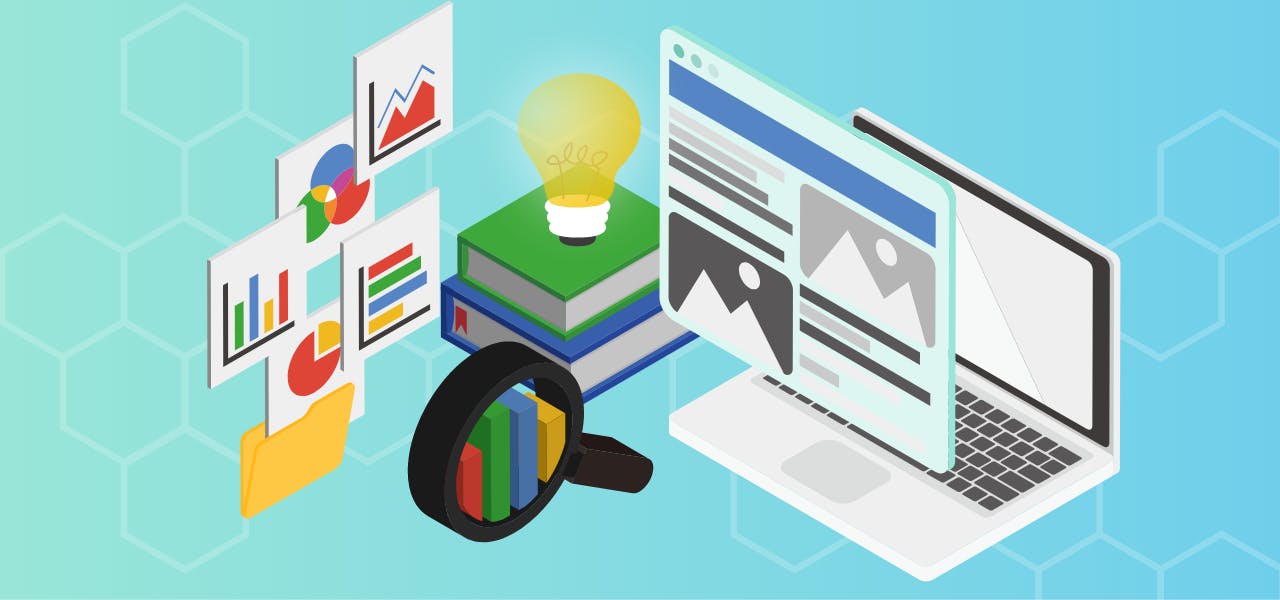As the science of altmetrics picks up traction in the world of academics, it’s becoming commonly accepted as a means of judging a scholar’s impact based on their research works. But traditional methods of impact measurement in the past were always used to give the same label to historians.
Today’s digital tools place numerical factors on a scholar, and some groups are interested in seeing how the same altmetrics could be theoretically applied in historical contexts to give past literature and scientific documents a rating similar to how their contemporary counterparts would be judged. The tool of altmetrics, used in conjunction with archived research of the past, is an experimental branch of scholarship that requires a combination of modern science and an understanding of the era in which the historical document being analyzed was seen at the time.
What Are Altmetrics?
Most researchers are familiar with the term ‘altmetrics’ before they graduate. The science behind altmetrics has been used for years, but it keeps evolving as the understanding of it and the results of its use are tweaked.
Altmetrics, by definition, are metrics and qualitative data that work in tandem with citation-based metrics to judge the impact of research work. These metrics and data compilations include things like peer reviews, citations, social media discussions, research blog posts and commentary, coverage through mainstream media sources, bookmarked pages on Mendeley and other reference managers, and references made through other web interactions.
Altmetrics are sourced directly from the internet and paint a clear picture of a journal article’s impact through discussions gleaned from the entire world. The ability of altmetric collection tools to pick up information about a published work is so thorough that the tools are commonly found on researching websites, publishers’ sites, repositories, and other scholastic avenues.
The Importance of Secondary Data and Archived Material in Academics
Regardless of the type of research, you are performing, there will be a need for you to collect data to prove or disprove your theory. In most instances, data is collected through strategic, planned interactions between you and your target population through a predesigned methodology of interviews, surveys, focus groups, and other tools. This data is directly between you and the population target, meaning it’s primary data. Primary data is always the best way to generate information, but it’s not always possible to collect it for many reasons.
When the collection of primary data isn’t feasible, researchers can turn to shared data or data collected for another purpose. This includes research data that was collected for an official survey and the results have been made public and data that was informally collected through the records of someone else’s work. The results of these statistics are obtained through secondary data, occasionally called ‘primary source material.’
Without primary or secondary data, a researcher’s job is not completed thoroughly and there likely won’t be enough evidence to support their outcome.
Using Research Tools of Today to Determine Impact of Yesterday’s Historians
Computer technology has made it simple to apply science to generate a number of impact for historical texts. Using formulas inputted into a spreadsheet, for example, it’s possible to insert text into a computer program and then dissect the text to find specific searches.
By choosing a historical document that has a direct correlation to an important topic in society today, researchers can pinpoint terms that would be relevant and impactful by lasering in on parts of the writing such as:
● The title
● The summary
● Specific terms in the text
● How many times the source document was cited by other researchers since its publication
● Allusions in the text that pertain to the topic in question
All of these parts to the puzzle can be put together to show how the same document would have been impactful in today’s society.
Supporting Your Research With Impactio
Impactio is an all-in-one platform designed specifically for academic scholars to take them from the beginning of their research through publication and to explain the altmetrics beyond. With Impactio, you can track your work’s impact after publishing through citation indicators on Impactio, and use the program to connect with other researchers in the wide network of users.
